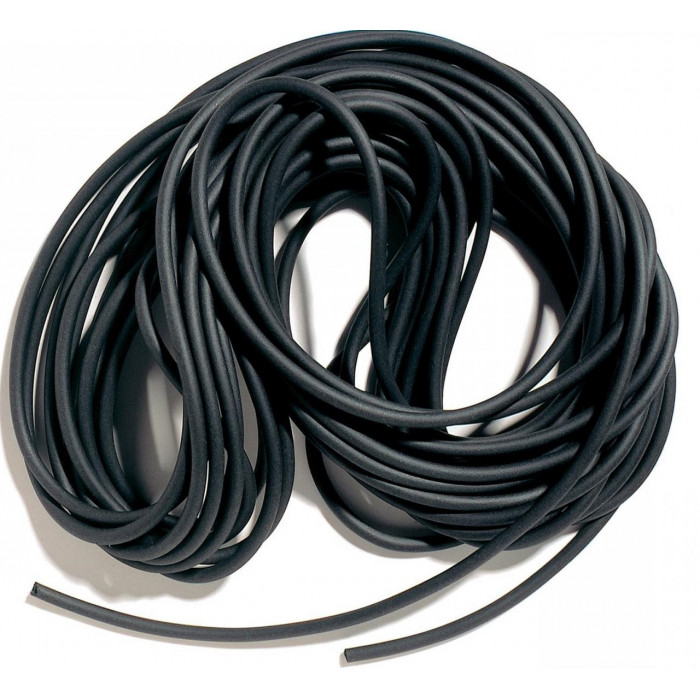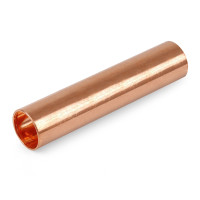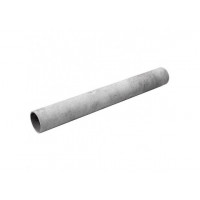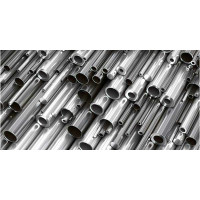Kyiv rubber cord, vacuum rubber, food rubber, porous rubber, rubber seal
GOST 6467-79 Rubber cord. (Cords rubber technical).
Rubber cords are designed for sealing fixed detachable joints with working medium pressure up to 1.0 MPa.
Used to protect cavities from dust and dirt
Cords are usually not calibrated, that is, they have a tolerance of ± 1 mm to the diameter of the section. If with a diameter of, say, 25 mm, this is not so significant, then with a diameter of a rubber cord of 3 mm, from the point of view of common sense, this is simply unacceptable. Therefore, please take this circumstance into account and, if it is important to maintain the cross-sectional diameter along the entire length of the cord, it is preferable to use foreign-made cords.
Calibrated rubber cords of round section (import).
Rubber cords are manufactured by continuous vulcanization and then sized to achieve the same cross-sectional diameter throughout the entire length in a given batch. Designed mainly for static sealing units or, as an exception, movable ones, working as elastic seals. In the case of O-ring seals or other shaped closed assemblies, the assembly principles required for O-ring seals can be applied. Before installation, a strong connection should be made to the required size by gluing or vulcanizing.
Rubber sealing cords
Rubber sealing cord is a rubber product with a round or rectangular cross section, made from a special rubber compound in accordance with GOST 6467-79. Designed to ensure tightness in fixed (one-piece) joints at working media pressures up to 1.0 MPa (10 kgf/cm2), as well as to protect various cavities from dirt and dust. It can be used in any systems, mechanisms and devices where reliable sealing and sealing is required.
Technical specifications
Depending on the operational and technical characteristics, rubber cords are divided into:
According to the degree of hardness - into three types: increased (P), medium (C) and low (M) hardness.
According to the pressure of the medium being sealed - into two groups: І gr. - up to 0.5 MPa, II group. – up to 1.0 MPa.
According to the operating conditions (type of contacting substance, temperature and atmospheric parameters) - into 6 types: frost-resistant, acid-alkali-resistant, oil-and-petrol resistant, heat-resistant, unified, for the food industry.
The formulation of rubbers from which the cords for the food industry are made is approved by the Ministry of Health of the Russian Federation for use in food environments.
The dimensions of the diameter or side of a rectangular section vary from 2 to 63 mm. The deformation of the cord compression in the seat in the absence of pressure should be within 5% ... 40%.
Rubber cords for special purposes are produced according to a special standard, GOST 6467-79 does not apply to them.
Cord marking
The designation of the cords indicates the group, type, hardness, cord size and standard.
For example, the designation "Cord 2–2C O 14 GOST 6467-79" means: cord type 2, second group, medium hardness, with a cross-sectional diameter of 14 mm.
The marking “Cord 2–2C 10x12 GOST 6467-79” indicates that this is a product of type 2, the second group, of medium hardness, with sides of a rectangular section of 10x12 mm.
According to their purpose, rubber cords are divided into 6 types:
Type 1 - KShchS (acid-alkali-resistant) - such rubber cords are resistant:
- to solutions of alkalis and acids, with a concentration of not more than 20%.
Collaborate well:
- with inert gas;
- water;
- nitrogen;
- air.
Not recommended for use in acetic or nitric acid!
Operating temperature for rubber cords KShchS from -300C to +500C.
Working environment pressure group: 1st and 2nd.
Degree of hardness: T, S, M.
Type 2 - HEAT-RESISTANT - such rubber cords are resistant:
- to high temperatures.
Collaborate well:
- with steam from -30С to +140С;
- with air from -30С to +90С.
Working environment pressure group: 1st.
Degree of hardness: T, S, M.
Type 3 - FROST-RESISTANT - such rubber cords are resistant:
- to low temperatures.
Collaborate well:
- with inert gas;
- nitrogen;
- air.
Operating temperature for frost-resistant rubber cords from -450С to +500С.
Working environment pressure group: 1st, 2nd.
Degree of hardness: T, S, M.
Type 4 - MBS (oil and petrol resistant) - such rubber cords are resistant to:
- oils;
- gasoline.
Operating temperature for rubber MBS cords is from -300С to +500С.
Working environment pressure group: 1st, 2nd.
Degree of hardness: T, S, M.
Type 5 - UNIVERSAL - such rubber cords work perfectly:
- with solutions of alkalis and acids, with a concentration of not more than 20%;
- nitrogen;
- gasoline;
- diesel fuel and oil;
- inert gases;
- water;
- air.
Not recommended for use in acetic or nitric acid!
Operating temperature for frost-resistant rubber cords from -500С to +500С.
Working environment pressure group: 1st, 2nd.
Degree of hardness: C.
Type 6 - Rubber cords for the food industry - they are distinguished by increased safety whencontact with food.
Operating temperature for rubber food cords from -300С to +500С.
Working environment pressure group: 1st, 2nd.
Degree of hardness: T, S, M.
You can find here such a designation of a rubber technical cord:
Cord 2-3T 16 x 14 GOST 6467-79, where 2 is a group, 3 is the type of cord, T is the hardness of rubber, 16 x 14 is the size, sides of the cord.
Cord 2-5C f16 GOST 6467-79, where 2 is a group, 5 is the type of cord, C is the hardness of rubber, f16 is the diameter, section of the cord. When buying a rubber cord, pay attention to the manufacturer, they must have a license to sell such goods. This will allow you to avoid buying a low-quality product. It is resistant to high humidity, temperature changes, aggressive chemical environments and is very durable. The cord can withstand high air pressure in the doors of a passenger plane and prevent air leakage into the plane. The cord is easy to process - it is cut into several parts of the required length. It is used to seal various joints and connections in mechanical engineering, aviation, shipbuilding and the chemical industry. They are made using continuous vulcanization with subsequent calibration to the required diameter and size. The presence of torn cords and those with an uneven diameter along the entire length is not allowed in production. Rubber gaskets for the lids of iron barrels in which machine oil and other flammable and lubricating materials are transported are also made from it. They stick well to the metal lid using special glue. The cord is used as gaskets for car and bus doors, and as a sealant in ship deck and cabin doors. Cords are also manufactured for use in the food industry according to a separate GOST standard. They do not lose their properties and can withstand temperatures ranging from minus three hundred to plus five hundred degrees Celsius. Food rubber cords have three degrees of hardness: hard, medium, and soft. The cords are produced in skeins of a certain length, sometimes they can be wound on a reel.
No questions about this product, be the first and ask your question.




